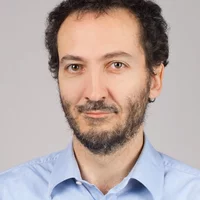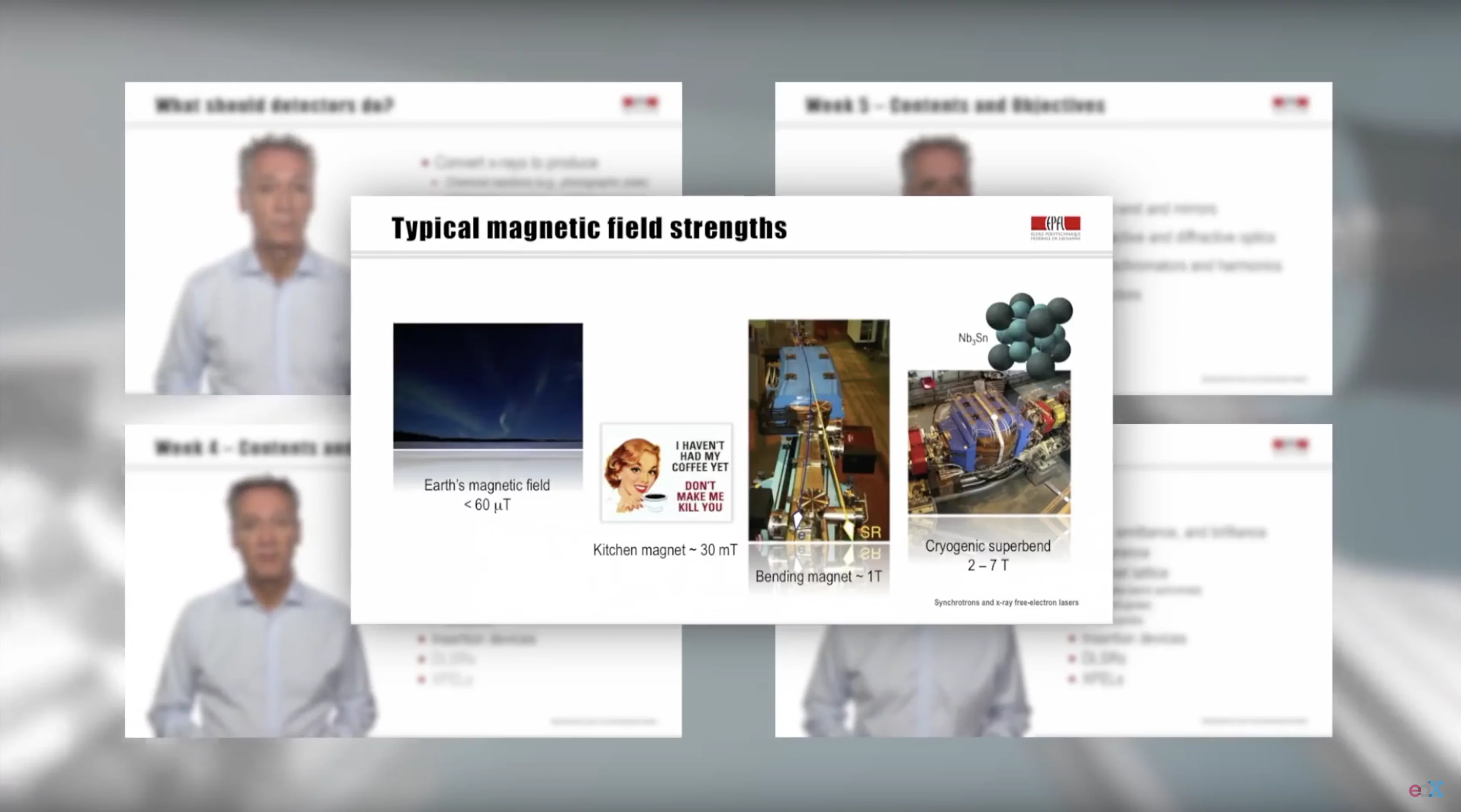In March 2018, the nine-week MOOC “Introduction to synchrotrons and x-ray free-electron lasers” (abbreviated to “SYNCHROTRONx”) came online via the edX provider of the École Polytechnique Fédérale de Lausanne (EPFL), created by Phil Willmott of the Swiss Light Source, Paul Scherrer Institute. “MOOC” is an acronym for “massive open online course”, a teaching platform started in the first decade of this century, which has become increasingly popular in the last five to six years. MOOCs have no limits to participation and are free. Some of the most popular MOOCs can attract many tens of thousands of participants. Even the most specialized subjects may have an initial enrollment of over a thousand, more than an order of magnitude larger than that typically found in traditional higher education. There were over 70 million MOOC enrollments covering nearly 10’000 subjects offered by the top five providers in 2017 alone!
SYNCHROTRONx was created by Phil Willmott, from the Swiss Light Source, under the edX platform at the Center for Digital Education (CEDE) at the EPFL, the premier Swiss institute for MOOCs (see moocs.epfl.ch). Worldwide, there are some 50 synchrotron facilities, providing intense radiation between the infrared and hard x-ray regime to over 125’000 users, harking from disciplines as varied as molecular biology, cultural heritage, environmental sciences, chemical engineering, and physics. Moreover, awareness of the potential of synchrotron light across the gamut of natural and engineering sciences is increasing year on year, while the next generation of both synchrotrons, and their cousin x-ray free-electron laser facilities, are opening new fields of research that until very recently seemed unimaginable.
Importantly for Switzerland, the Paul Scherrer Institute has recently provided first light at its new SwissFEL facility and is presently planning an upgrade of the highly successful Swiss Light Source, increasing its performance by a factor of 40. It can be stated without hyperbole that synchrotrons and XFELs represent the most multidisciplinary and cutting-edge of modern research tools and that the SwissFEL and SLS play a central role in fundamental research in Switzerland.
This very aspect of multidisciplinarity, however, means that researchers approach these facilities via very different academic trajectories. SYNCHROTRONx is thus a timely course which was developed in order to provide a broad basic understanding of synchrotrons and XFELs, including their operational principles and experimental exploitation.
In addition to SYNCHROTRONx, Phil also gives good old-fashioned lectures on the same subject to an audience of perhaps five to ten (SYNCHROTRONx presently has an enrollment of 4400!) Lectures are, of course, much more personal than MOOCs, allowing an easy dialogue of ideas and concepts that more readily facilitate in-depth understandings via a tailored program and detailed problem solving. In contrast, the problem sets in MOOCs are largely (though not necessarily exclusively) multiple choice, making discussions of the subtler details of any given subject more of a challenge. MOOCs thus often provide an educational foundation allowing more exhaustive studies and as such should be thought of as being complementary to traditional methods. Crucially, the higher-education opportunities offered by MOOCs are open to a class of over 7 billion students!
Judging by the increase in MOOC enrollments alone, their future seems assured. Until SYNCHROTRONx came on line, Phil had tutored perhaps two hundred students on the subject over 15 years – perhaps not the most efficient use of a rare resource. At one fell swoop, this MOOC has increased the visibility of synchrotrons and XFELs at an introductory level by a factor of 20 or more. Moreover, MOOCs are ideally suited to the modern, technology-based job market, where a skill can rapidly become obsolete (trends in computing languages comes immediately to mind as an example). MOOCs provide the immediacy, accessibility, and convenience required by such a rapid pace of change.
SYNCHROTRONx will be repeated regularly. Details of the course can be found at https://www.edx.org/course/synchrotrons-and-x-ray-free-electron-lasers.
What exactly is a MOOC? There are several formats, but most commonly, it consists of a set of pre-recorded videos by an expert in a given field, that are either released simultaneously, or on a week-by-week basis. Accompanying these are voluntary problem sets, and normally also a final exam. Students can purchase a certification that they passed the course for a modest cost of approximately $50. Depending on the course, they can also count for ECTS points.
MOOCs thus provide opportunities in further education to a worldwide audience, not least to those who might otherwise struggle to access such educational sources. MOOCs may thus be thought of as contributing to the global democratisation of affordable higher education.
It is a rare and arcane subject that is not covered nowadays one way or another by MOOCs. In addition to traditional academic topics offered at both undergraduate and postgraduate level, MOOCs also offer more vocational and hobby-based subjects, such as photography, cooking, and even MOOCs on how best to prepare a MOOC!
Contact
Prof. Philip Willmott
Project Leader SLS 2.0, Laboratory for Advanced Photonics
Paul Scherrer Institut
+41 56 310 51 26
philip.willmott@psi.ch

